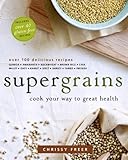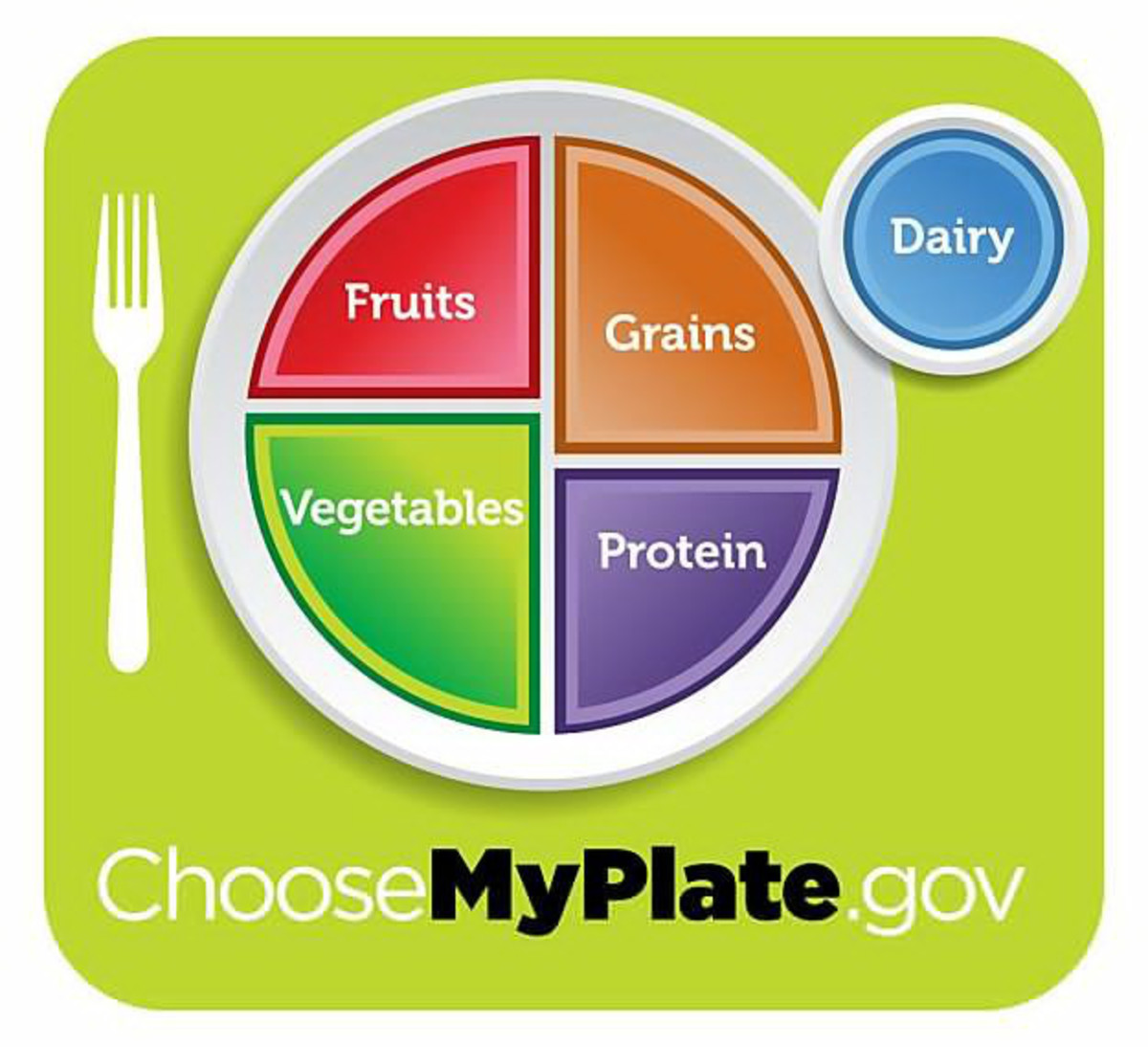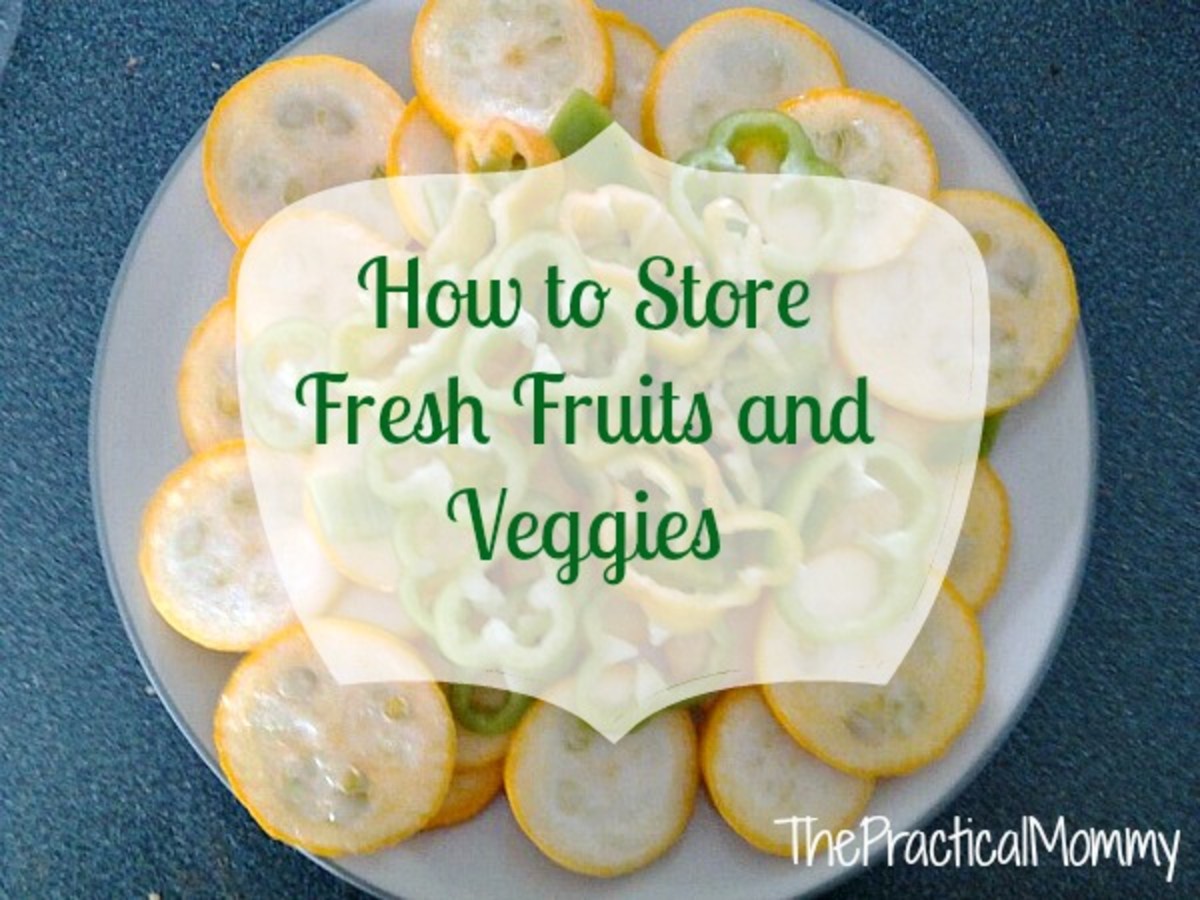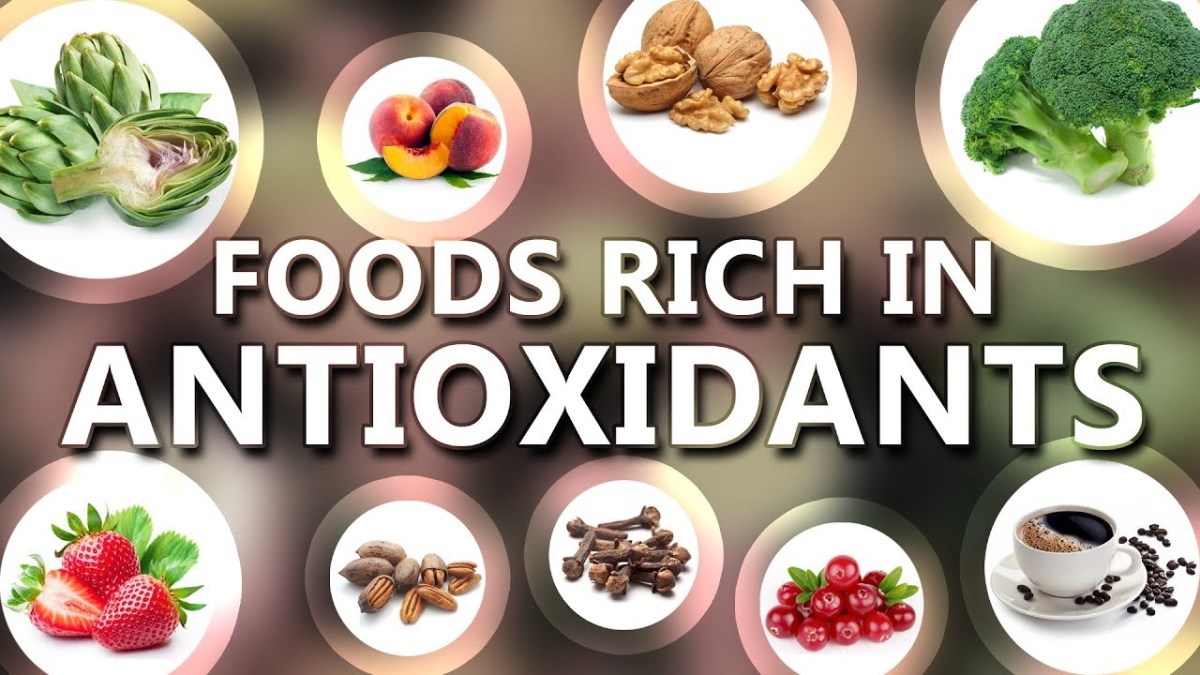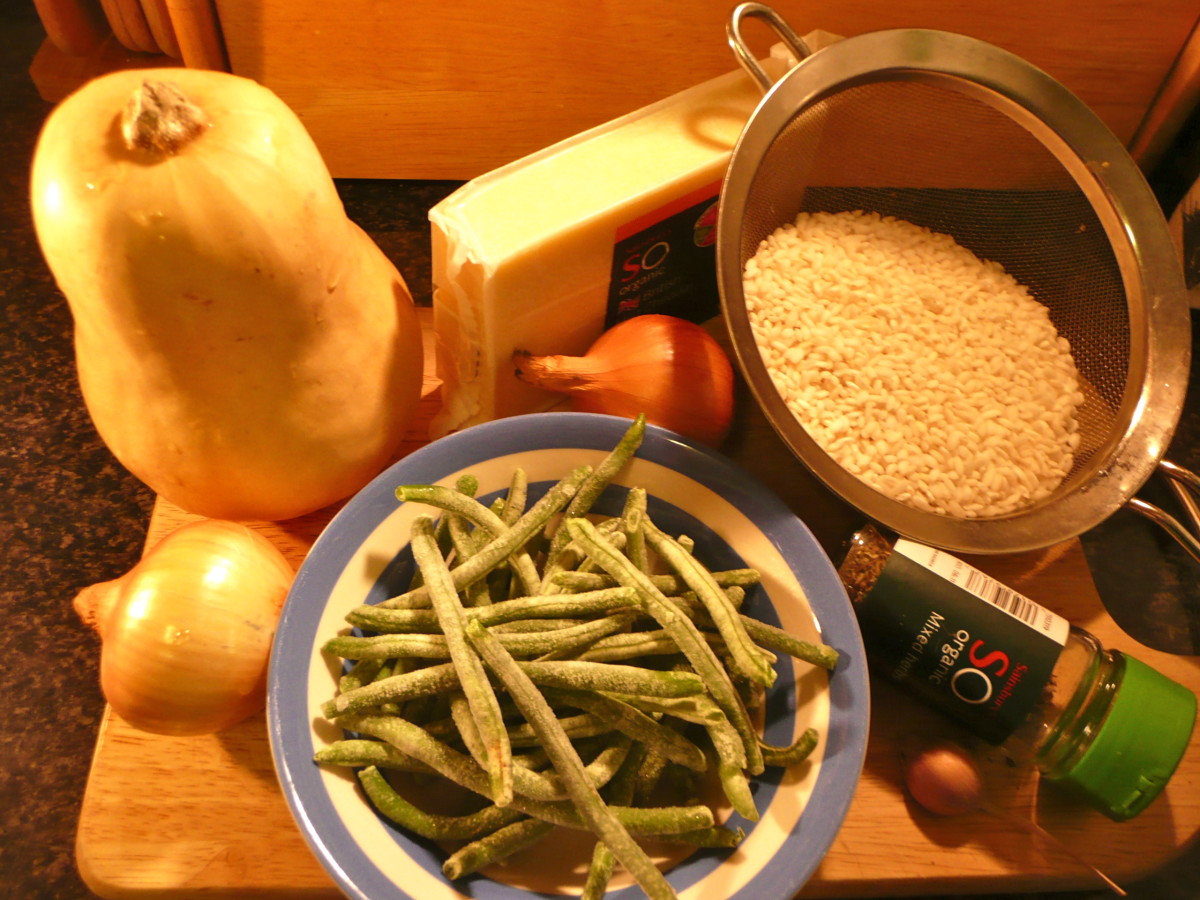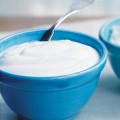A Complete Guide to Planning Healthy Meals
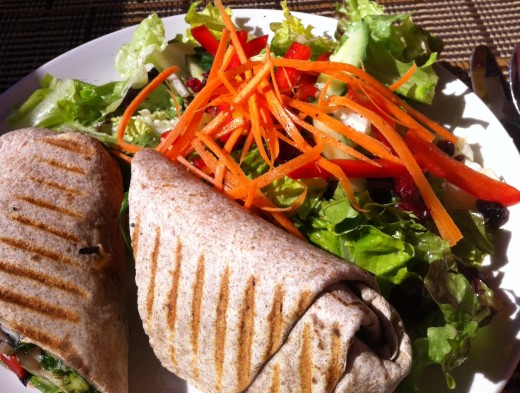
The food you eat plays a critical role in your health and well-being. When you don't eat healthy foods, you are more likely to get sick, have low energy levels, become overweight and may increase your risk of diseases such as diabetes, heart disease and cancer.
With the abundance of fast food, junk food and super-sized portions at every turn, many of us seem to have forgotten what a "healthy meal" actually is.
The video below from the American Diabetes Association shows you an easy way to divide up your plate to ensure you are eating healthy meals.
Official Food Guides
Canada's Food Guide recommends the following daily servings for women ages 19-50:
- 7-8 servings of fruits and vegetables
- 6-7 servings of grain products
- 2 servings of milk and alternatives
- 2 servings of meat or alternatives
with an extra serving of each category except milk recommended for men in the same age group.
The United States Department of Agriculture (USDA) recently revised its food guidelines for Americans, and developed the concept of MyPlate to help guide people to make healthier food choices. These nutritional guidelines focus less on quantities, and more on the types of recommended foods within each food group.
Some of its key consumer messages are:
- make half of your plate fruits and vegetables
- whole grains should account for at least half of the grains you eat
- switch to fat-free or low fat milk
- choose lean proteins
Advice for Healthy Eating
Here are some important rules to keep in mind when you're planning healthy meals:
- Choose whole foods over processed foods
- Eat a variety of colourful fruits and vegetables every day
- Choose whole grains whenever possible
- Eat high quality protein
- Limit your intake of sodium, sugar and added fats
- Limit your intake of soda and juices and drink water instead
- Understand what an actual serving size is, and avoid supersizing your meals
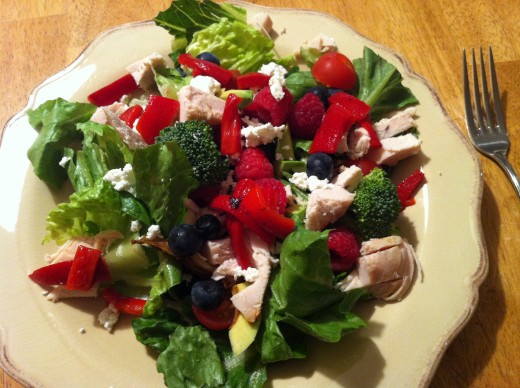
What is a serving size of fruits and vegetables?
- 1/2 cup cooked or raw vegetables
- 1 cup of leafy greens or salad
- 1/2 cup of vegetable or fruit juice
- 1 medium size fruit
- 1/2 cup of melon or berries
Helpful websites
Eat more fruits and vegetables
Fruits and vegetables provide us with important vitamins, minerals, anti-oxidants and fiber, which are needed to maintain good health.
The USDA recommends you fill half your plate with colourful fruits and vegetables at every meal, and the Canada Food Guide suggests you eat at least one dark green and one orange vegetable every day. Dark green vegetables include broccoli, romaine lettuce, kale, spinach and brussel sprouts. Orange vegetables include carrots, sweet potatoes and winter squash.
It is important to eat a variety of different coloured fruits and vegetables every day, to ensure your body is getting all of the different nutrients it needs. Phytonutrients give fruits and vegetables their vibrant colours and eating a rainbow of colours helps ensure you are benefiting from these important phytonutrients.
Try to prepare your fruits and vegetables with little or no added salt, sugar or fats. Use healthy fats such as olive oil instead of butter or margarine whenever possible.

Choose whole grains more often
Whole grains are complex carbohydrates, and have many health benefits, including stabilizing blood sugar levels, providing you with energy and keeping you full longer after meals. They are high in fiber and improve digestion.
Good sources of whole grains are:
- brown rice
- whole wheat couscous
- barley
- quinoa
- oats
- wild rice
- whole wheat or brown rice pasta
- whole grain bread
- whole grain cereals
For healthy meals, try to choose whole grains as often as possible, and limit highly refined grains like white bread and pastas.
Eat high quality proteins
Protein is an important part of a healthy diet. Most people do not have any trouble meeting the daily protein requirement, and in fact many people eat far more than they need. Some proteins are much healthier than others, and you should try to choose the healthies options as often as possible.
What is a serving size of protein?
- 3 oz of meat - about the size of a deck of cards
- 3/4 cup of cooked beans
- 2 eggs or egg whites
Meats to avoid
The following meats are high in sodium, fat, and preservatives:
- Sausages
- Luncheon meat
- Bacon
- Pepperoni
- Hot dogs
High quality or lean proteins include:
- chicken or turkey breasts
- pork tenderloin
- beef tenderloin or striploin
- fish - salmon, halibut, tilapia, cod or sole
- water-packed tuna
- shrimp or scallops (higher in cholesterol)
- eggs
- lentils or chickpeas
- quinoa
- soybeans or tofu
- black beans, kidney beans, white beans
- lima beans or pinto beans
- black-eyed peas
Other protein tips:
- Buy skinless poultry or remove the skin before cooking
- Buy lean or extra-lean ground pork, chicken, beef or turkey
- Trim visible fats from meat before cooking
- Broil, grill, bake, roast or poach meats and fish instead of frying
- Eat a variety of protein sources every week
- Eat fish or seafood twice a week
Choose whole foods over processed foods
Many of the foods you can buy in the grocery store are heavily processed. They are high in calories, fat, sodium and/or sugar, and usually have lots of added chemicals and preservatives to improve their flavour and increase their shelf life. They often contain little nutritional value, and consumption of these types of processed foods has been linked to increased risks of diseases like diabetes, heart disease, cancer as well as obesity.
A healthier way of eating is to plan meals around whole, fresh foods, and limit the amount of processed foods you eat.
For example,
- instead of frozen breaded chicken fingers, serve grilled chicken breasts
- rather than making a box of instant potatoes, make baked potatoes
- avoid buying tinned pasta, and serve whole wheat pasta with vegetables
- skip the canned chili and stews and make your own
Yes, this sounds like more work, and sometimes it is. But if you make a concerted effort to limit processed foods as much as possible, you will find ways to prepare healthier meals that taste so much better than anything that comes in a package.
Drink water instead of soda & juice more often
There has been considerable media coverage about the high levels of soda consumption in North America, and its adverse impact on the health of children and adults. Many health experts believe soda consumption has been a significant contributor to increased rates of obesity and diabetes. At over 200 calories for the typical serving of pop, it can certainly play a role in unwanted weight gain.
Since most fruit juices contain a high amount of sugar, and fruit drinks usually are full of sugar and artificial preservatives and chemicals, the healthiest beverage choice is water.
Most health experts recommend drinking at least eight 8-ounce glasses of water per day. Water plays a critical role in your body. It helps regulate your body temperature and metabolic rate, allows organs to function efficiently, maintains healthy skin, hair and nails, and helps your body absorb essential vitamins and minerals.
Dessert as part of a healthy meal
Some people find it easier to skip dessert altogether when they decide to try to eat healthier. However, it's ok to indulge once in awhile, as long as it's in moderation. If you enjoy dessert after your meal, try to choose healthier options most of the time.
Angel Food Cake with Fruit Salsa
Healthy dessert options include:
- Fresh or frozen berries with Greek yogurt
- Fruit salad
- Yogurt parfait
- Chia Cranberry Apple Crisp
- Angel food cake with fruit salsa
- Broiled pineapple or mango
- Poached pears
- Healthy Snacks for Kids
This article includes healthy snack ideas for kids. The suggestions are appropriate for adults too.
Resources
- Canada's Food Guide
Canada's Food Guide with nutritional guidelines from Health Canada. - ChooseMyPlate.gov
United States Department of Agriculture's website to promote healthy eating in line with the 2010 Dietary Guidelines for Americans.

